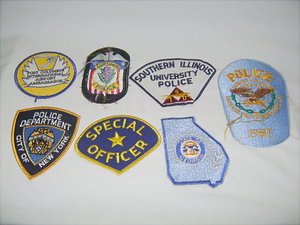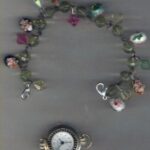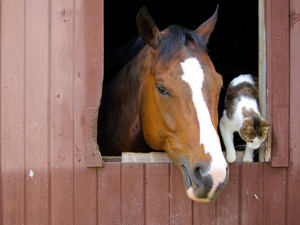You don’t need to be a police officer to collect police memorabilia. There is a lot to collect from a variety of categories from the keystone cops era to the present day men in blue.
Police clothing ranges from caps to brass buttons to full uniforms. Early law enforcement items are the most treasured and can include sheriffs, rangers and private guards.
The most popular category of police memorabilia are badges. Value is based on age and rarity but also includes quality. For instance badges can be made of copper, gold, sterling silver, nickel alloy, brass or even leather. Most badges are made of a German silver and have a dull gleam. There are tons of reproductions out there so if collecting badges beware. Some places such as eBay does not allow the sale of badges but you can find them at flea markets and antique stores. Most badges are legal if they are vintage and no longer used by the department that is shown today. You may, however, want to check with local law enforcement as rules can be different in different places.
In order to date them, it is best to check out the pins on the backs of badges. Before 1900 badges back pins were made of simple metal that looked like a wire. It was twisted into a U-shaped catch.
I recommend you get a book on badges if you really want to collect them properly. Tons of reproductions have been made and they are often hard to pick out. A book will give you the style and all the important items a badge must have to be sure its real. Each city, state, county, country etc. had different imprints on their badges so it is hard to tell without seeing a photograph what is real.
Buttons are perhaps, the second most sought after police collectible. Some have one shank, some had two and some swivel. Most police buttons made during the 19th century and early 20th century were made by either the Waterbury Button Company or the Danbury Button Company, both of Connecticut.
I am told collectors can send these companies photos of buttons and they will attempt to give you information about them. That is always helpful when collecting. The more you know about something the more its worth.
When it comes to uniforms each police department had a certain number of buttons on them at certain times. That is one way of identifying them. There are too many to identify so you will have to research the one you have.
Early caps were often cloth and two brass buttons. Many resemble civil war hats and people seem unable to tell them apart. Some hats were special and made of felt or had points on top. Those were usually used for parades or other dress events.
Police batons are sought out by many collectors. Some immigrants from various countries used batons engraved with items from their homeland. For example, Irish policemen often used wooden batons carved with shamrock designs. One very rare baton had 16 sharpened nails on it. These were outlawed in 1857.
Another cool collectible are police flasks. Some fit into a leather holster and looked like a gun. These were kept by police officers until the 20th century.
Old handcuffs are another fun collector item. Most people can find various types of them at antique shops from the 1800-1900s.
Figurines depicting police officer doing a variety of activities are also very desirable. One of the rarest was made by Sally Farnham a student of Frederick Remington. Only a dozen were made featuring a 12-inch bronze of a New York Policeman mounted on a horse wearing a police rain coat.
Many cast iron figurines were produced in the late 1800s featuring police in horse and carriages. Some cast iron banks were also made. Today it is easy to find a number of companies that make figurines devoted to the police officers.
Police decal badges sewn onto uniforms are also deeply sought after. Often police departments will trade badges so officers can add to their collection. I have a friend who’s brother has his wall filled with them he has exchanged.
Some other items people collect include old police handwritten records, regulation pamphlets, buttons, posters and photographs.
Most anything police related is collectible. If you have items from a former police officer in your family, you may want to take a look at them. The items could turn out to be quite valuable.
Source: Encyclopedia of Collectibles






